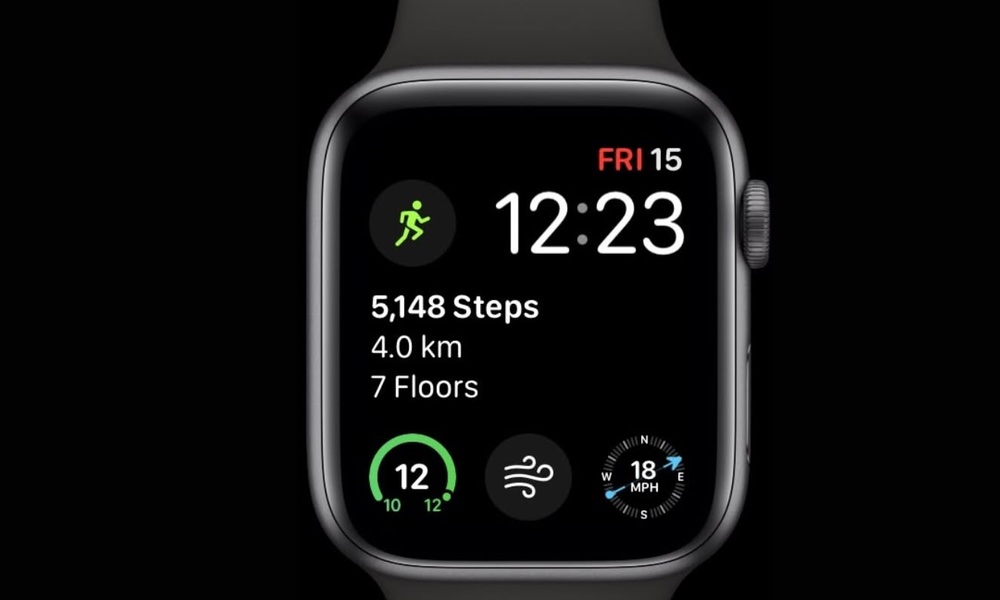If parents realized how many calories were in the restaurant foods their children eat, would they order differently or encourage their kids to make better choices? If they knew how much exercise it took for their seven-year-old to burn off the calories in an order of French fries, would they order apple slices for their kids instead?
Of course, the same questions might be asked about parents' own restaurant choices.
As the battle of the bulge continues, a new study has found that parents tend to order foods with fewer calories for their children at restaurants if menus showed the calorie content of foods and the amount of exercise it takes to burn off those calories.
Approximately one-third of children and adolescents in the US are overweight or obese. Overweight kids tend to become overweight adults so any strategy to prevent excess weight gain during childhood is a step in the right direction.About 40 percent of parents said they would be likely to encourage their kids to exercise if they saw how much activity was required to burn off the calories from a meal; and only 20 percent said they would encourage exercise if all they saw were the calorie counts.
Researchers at the University of North Carolina surveyed 1,000 parents of children between the ages of two and 17 with the average age being 10 years. The parents were given mock menus and asked what foods they would order for their children.
One set of menus included no calorie or exercise information about the menu items. Another set gave only calorie information. A third set gave details about the calories in the foods, as well as information about how many minutes an adult would need to walk to burn off those calories. A fourth set of menus listed the calorie information and indicated how many miles of walking cancelled the calories.
Informative menus noted, for example, that a large order of fries containing 500 calories would require an adult to walk 5.2 miles to burn off those calories. A large soft drink, 310 calories, would require walking 3.2 miles to get rid of those calories. Children, being smaller, would need to go a bit farther to burn off the calories.
Moms and dads who were given no calorie or exercise information about the foods on the menu ordered food containing about 1,300 calories for their children. When parents saw the calorie and exercise details, their orders dropped to about 1,100 calories, a quick savings of 200 calories in one meal for a child. That can really add up.
Somewhat surprising is that only about 40 percent of parents said they would be likely to encourage their kids to exercise if they saw how much activity was required to burn off the calories from a meal; and only 20 percent said they would encourage exercise if all they saw were the calorie numbers.
With menu labeling becoming mandatory before the end of the year for all restaurants with 20 or more locations, the results of this study are encouraging. About a third of the calories consumed by Americans come from fast food restaurants, and these will be among those eating establishments required to post calorie information on menus or menu boards.
It is the hope and intent of the menu labeling law that calorie information staring back at a person from a restaurant menu will cause them to choose more wisely, for themselves and their children. If this study is any indication, it just might help.
The study was published in the journal, Pediatrics.




